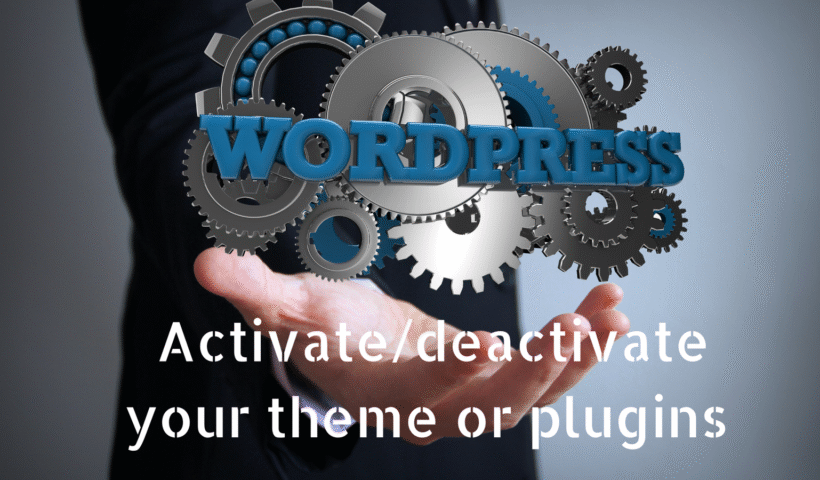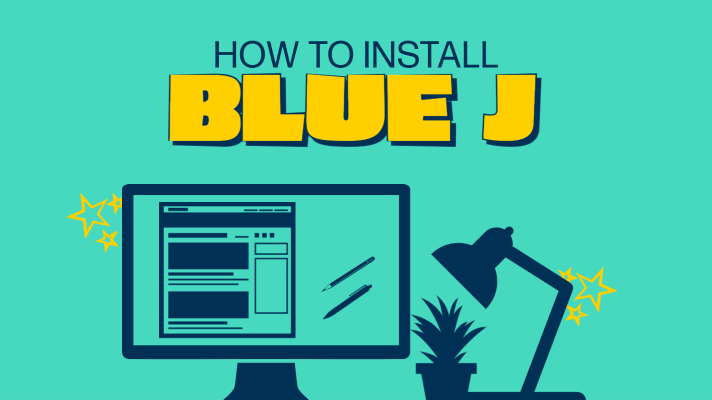Digital marketing is a booming career. So, do you want to know how to be successful in this field? This is what I learnt from…
View More How to Become a Successful Digital Marketer?Category: How-To
How to activate/deactivate your theme or plugins via cpanel?
If your WordPress admin panel is inaccessible due to a critical error, you’ll need to activate or deactivate themes and plugins via cPanel or your hosting server. This guide explains the process for GoDaddy and Hostinger.
View More How to activate/deactivate your theme or plugins via cpanel?Blogging: How to Get Started and Succeed
In the digital age, blogging has become a powerful platform for individuals and businesses alike to share their thoughts, expertise, and experiences with a global…
View More Blogging: How to Get Started and SucceedHow to install Blue-J on Windows
Hello Friends Today I am gonna tell you guys how to install Blue-J, a Java IDE. Blue-J is one of the many IDE or an Editor…
View More How to install Blue-J on Windows




